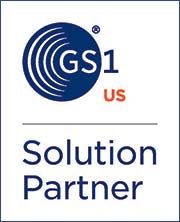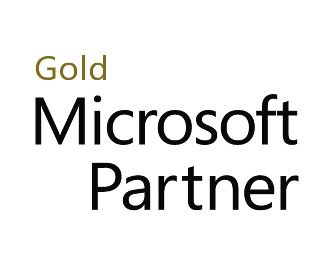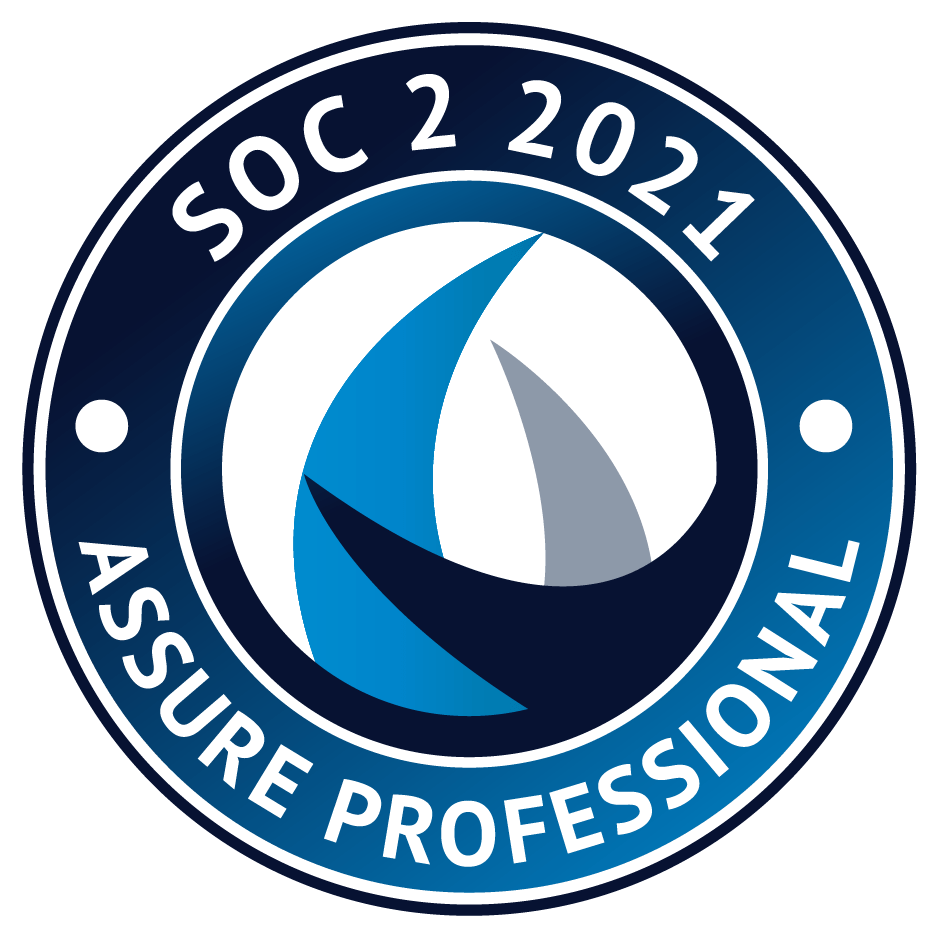It has been said that line matrix printers are noisy, expensive to operate, and inflexible, and, therefore, ought to be replaced with laser printers as quickly as possible – especially where multi-part forms are in use. These misconceptions are actually far from the truth.
Here are the top three reasons line matrix printers are relevant for today’s businesses:
1. Cost: When profit margins were higher and competition less fierce, the average business was not as cost conscious as they are today. Therefore, when it came to migrating away from line matrix printers and onto laser, not as much attention was given to the fact that the cost per printed page might go up six times or more (not to mention the incremental costs incurred through increased downtime).
- Coverage – Unlike line matrix where the cost of ribbons may account for only 10% or less of the total cost of ownership (hardware, maintenance and consumables), toner can account for around 90% of the total cost of ownership of a laser printer. Therefore, as ink/toner coverage goes up, so does the economical superiority of line matrix over laser.
- Downtime – Especially valid for supply chain environments, when printers are down, the resultant costs occurred accumulate very quickly. Therefore, the critical question here is: What is more important – up-time reliability or higher print resolution?
- Harsh environments – The reliability of line matrix printers is unmatched in any environment, especially those that are not climate controlled. As soon as you mix humidity, dust, dirt and/or extreme temperatures with a laser printer, the occurrence of failures and hard paper jams will rise significantly, whereas line printers (for the most part) will operate entirely unaffected.
2. Flexibility: Through the use of line matrix printers, businesses can generate fully formatted dynamic documents with data driven layouts, content, logos, barcodes, etc.
- Pre-printed multi-part forms – While the business continuity of countless enterprises and government agencies still rely on multi-part form printing, the cost and inflexibility of pre-printing can now be avoided through the use of certain applications in conjunction with line matrix printers. Through exercising one of these applications, businesses can avoid unnecessary expenses and rather eliminate pre-printing by generating the form, logos, barcodes, overlays, etc., at the line printer using blank multi-part paper.
- Multi-channel delivery – Just because the printed document is generated on a line printer doesn’t mean that you couldn’t simultaneously deliver monochrome or full color versions of the same document to digital archive, e-mail, web, etc. By doing this, you’re leveraging the unmatched reliability and low operating cost of line matrix printers, combined with automated electronic distribution of digital documents.
3. Eco-friendly: Although sustainability was just coming into the spotlight five years ago, today there’s hardly a business that is not concerned to some extent with their impact on the environment. This being the case, it’s important to know why line matrix printers are likely the most environmentally friendly way to print on the planet.
- Low energy consumption – As the result of not needing to heat up hot rollers, (which are used by laser printers) the energy consumed when printing is considerably less.
- Toner cartridges vs. ribbons – Articles have cropped up over the years around the levels of fine particulate toner emissions generated by laser printers when printing, as well as the potential health concerns which can come as a result of “overexposure.” All that aside, the toner cartridge waste generated by laser printers far exceeds the ribbon cartridge waste generated by a line matrix printer, not only by volume, but also by the materials used and energy expended in the manufacturing process.
- Greater longevity – The average life of a line matrix printer is seven to ten years, whereas the average life of a desktop laser printer is only around three. Therefore, during the life of one line matrix printer, it is likely that three laser printers will wind up in an electronic waste dump somewhere. Additionally, even when the “end of life” is reached for a line printer, it is typically refurbished and resold as opposed to getting scrapped.
Because they are cost-effective, flexible, and sustainable, line matrix printers provide outstanding value to today’s businesses.
Related Blogs: 7 Advantages Line Matrix Printers Offer over Laser Printers





